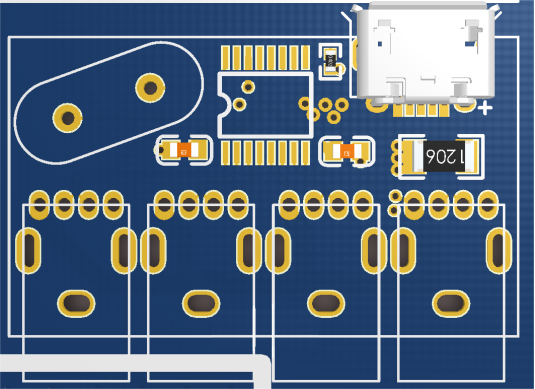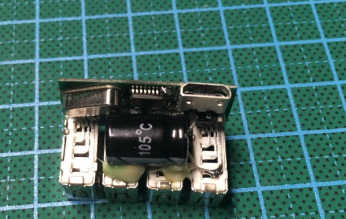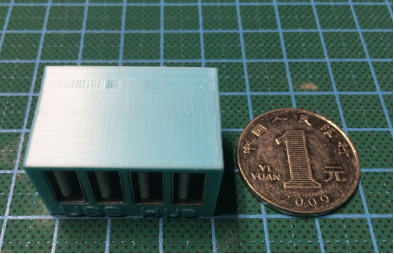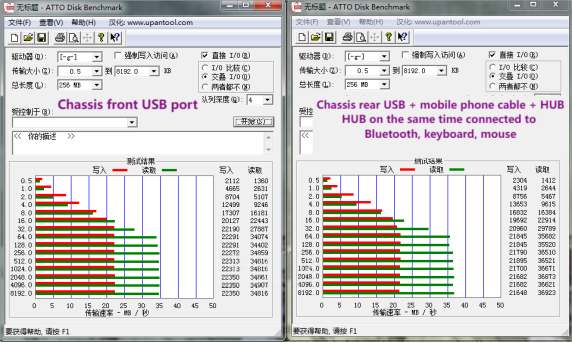
Follow the outlined steps to craft a miniature USB hub with the following components on the PCB:
Main Control IC: Utilize the advanced FE8.1.
Crystal Oscillator: Opt for a 12M 22PF crystal oscillator, or alternatively, choose the commonly used 3225 package.
Components:
· 0402 2.7K resistor
· 1206 2A fuse
· Two 10UF 0603 capacitors
· One 220uF electrolytic capacitor

Given the limited space on the board, a DIP electrolytic capacitor was skillfully soldered to fit snugly.

To address structural concerns, a 3D shell was designed; however, it's noted that thicker USB drives may encounter insertion issues.

The assembled hub presents a visually appealing product.

A size comparison with a one-yuan coin showcases the hub's compactness.

Post U-disk testing, the hub demonstrates commendable performance with minimal impact on speed. The chip functionality remains reliable.

Concluding with a speed comparison between the native computer USB port and the HUB USB port (note: results for reference only):
· Regular USB drive testing indicates superior speeds through the HUB.

· Experimentation with a USB portable SSD reveals a slight speed reduction through the HUB, potentially attributed to SSD capacity. Consider a TYPE-C USB to SSD adapter for optimal file transfer efficiency.

This comprehensive guide not only provides a detailed walkthrough but also emphasizes the hub's capabilities and potential applications, making it a valuable resource for tech enthusiasts and DIY enthusiasts alike.




